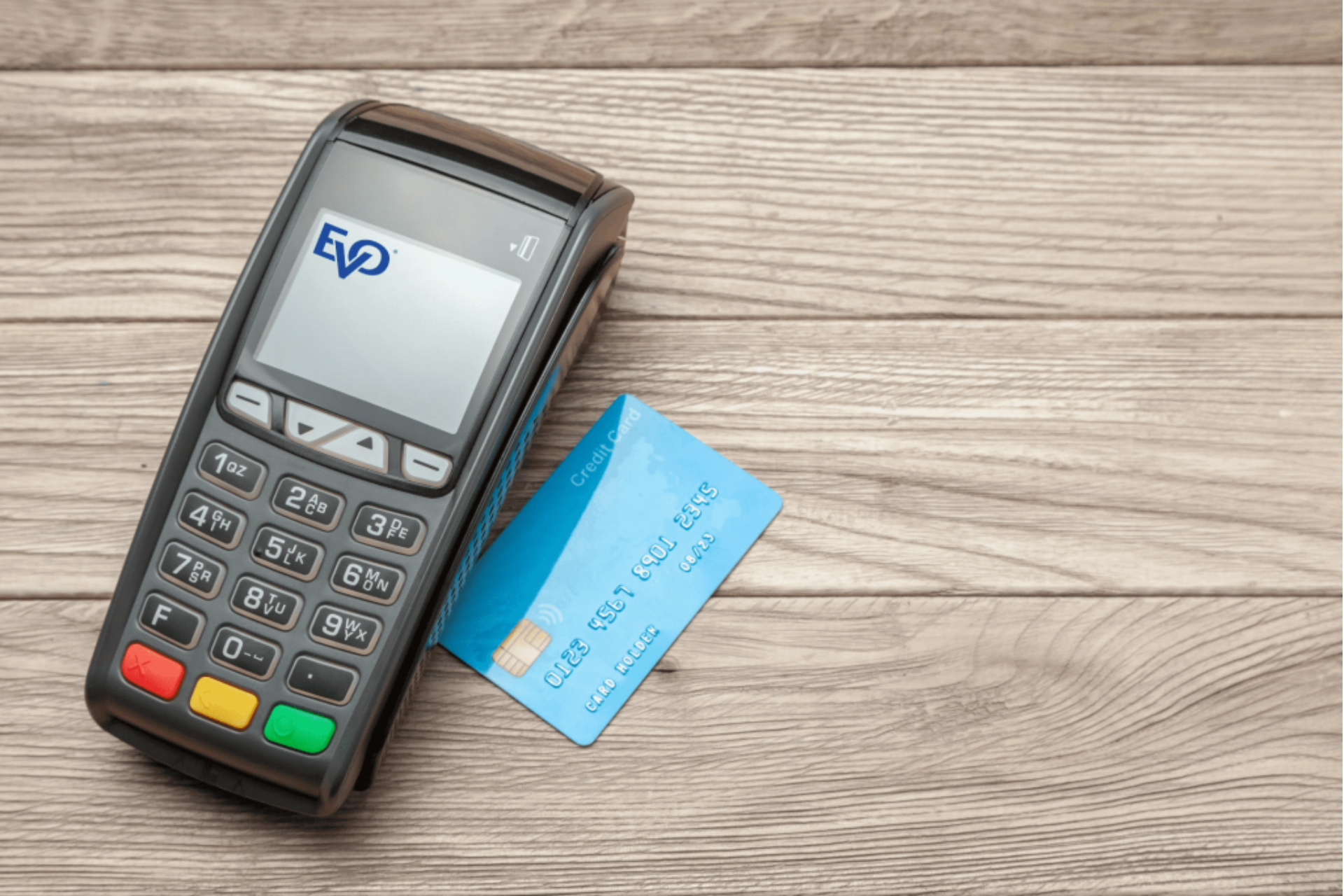
03 Feb Here’s what you need to know about implementing a chip and PIN machine in your business
Want to keep your customers happy? It’s simple. Make sure that you have a chip and PIN machine in your store.
Accepting card payments in-store is now an expected part of everyday life. In fact, debit and credit cards are so often the number one payment choice above cash that research found 10 million UK customers would actively avoid a store if it didn’t take them. It’s clear that finding a way to take card payments that is simple, secure and convenient is critical to making that sale.
That said, accepting card payments in-store isn’t a one-size-fits-all operation. Everything from the type of machine, costs of set-up and processing, implementation and the type of customer experience you want to deliver all impact the sort of card processing you will eventually offer.
Choosing the best card machine
The type of machine you choose depends on your daily business needs. Do your customers come to a single desk to pay, do you go to them or do you need to be fully mobile? The first example might be best suited to a boutique while the second is more often seen in a cafe or restaurant. The third could be useful in somewhere like a campsite, where the owner might want to go from pitch to pitch collecting payment.
Desk-based readers are fixed to the till via a cable, while portable ones communicate with the base via Bluetooth/WiFi. Portable doesn’t mean the same as mobile. A fully mobile chip and pin reader has a SIM and GPRS but needs a strong mobile network while portable can’t go too far away, around 50m, from its base.
Controlling costs
A basic card machine may seem tempting from a cost perspective as they are invariably the cheapest to rent/buy and run. However, customers increasingly expect a slick payments experience so if the machine isn’t portable, or is limited by the type of payments it can take, this may be a false economy.
The costs of using card readers can vary widely and depend on how many readers you need, what type they are, what payments they need to accept – mobile and/or international payments all have their own price structure. Less expensive terminals may be linked to higher processing fees. It’s important to balance the prospective costs of a reader with a realistic view of the payments you expect to take both now and in the future, and how your terminal needs might change over time.
Successful set-up
How seamless the chip and PIN experience is for customers also depends on the existing point of sale (POS) set-up. A basic setup means ringing the amount up on the till and then re-entering the amount on the card reader. While simple, there is plenty of room for error, making reconciliation difficult and write-offs inevitable.
An ePOS, or electronic point of sale, allows for integrated card payments, where the balance is automatically transferred using software shared by the terminal and the till. This makes for a faster experience for the customer but also reduces queuing times, helping the business serve more customers overall. It also reduces accounting admin and minimises cost due to balance errors.
It’s also worth considering the level of after sales support that might be needed. Again, this varies widely depending on the type of business, but the system you choose might have to be maintained without on-site support. For example, holiday lets business, Moonfrog, is based in the Scottish Highlands. Remoteness is part of its charm. It also makes it difficult for an engineer to come on site quickly so their system has to be effective but simple to use and with dedicated telephone support that can talk through a fix in plain English.
Putting the customer first
It can seem strange to talk about a positive customer experience for something like payment, which is usually the pain point of the transaction. But, it’s important to make it as useful and engaging an experience as any other interaction.
Understanding customers’ needs at the point of sale will determine what type of chip and PIN machine you require and associated services. For example, a coffee shop in a busy commuter station will need to offer quick payment, particularly contactless via card or phone to help people catch their train.
A busy tourist attraction will need to accept payment from a wide range of international providers and potentially offer dynamic currency conversion (DCC) to allow visitors to see how much the transaction is in their own currency. Alternatively, letting the customer modify the amount at the point of payment; adding a tip, for example, both improves their experience and helps serving staff make their tips in an increasingly cashless society.
A chip and PIN terminal may seem like a functional piece of business equipment but it has the potential to transform your customers’ experience. It can bring speed, convenience and flexibility to your transactions and efficiency to your overall operation. To find out more about how you can access the benefits of an effective and future-proof payments solution, contact us here.

